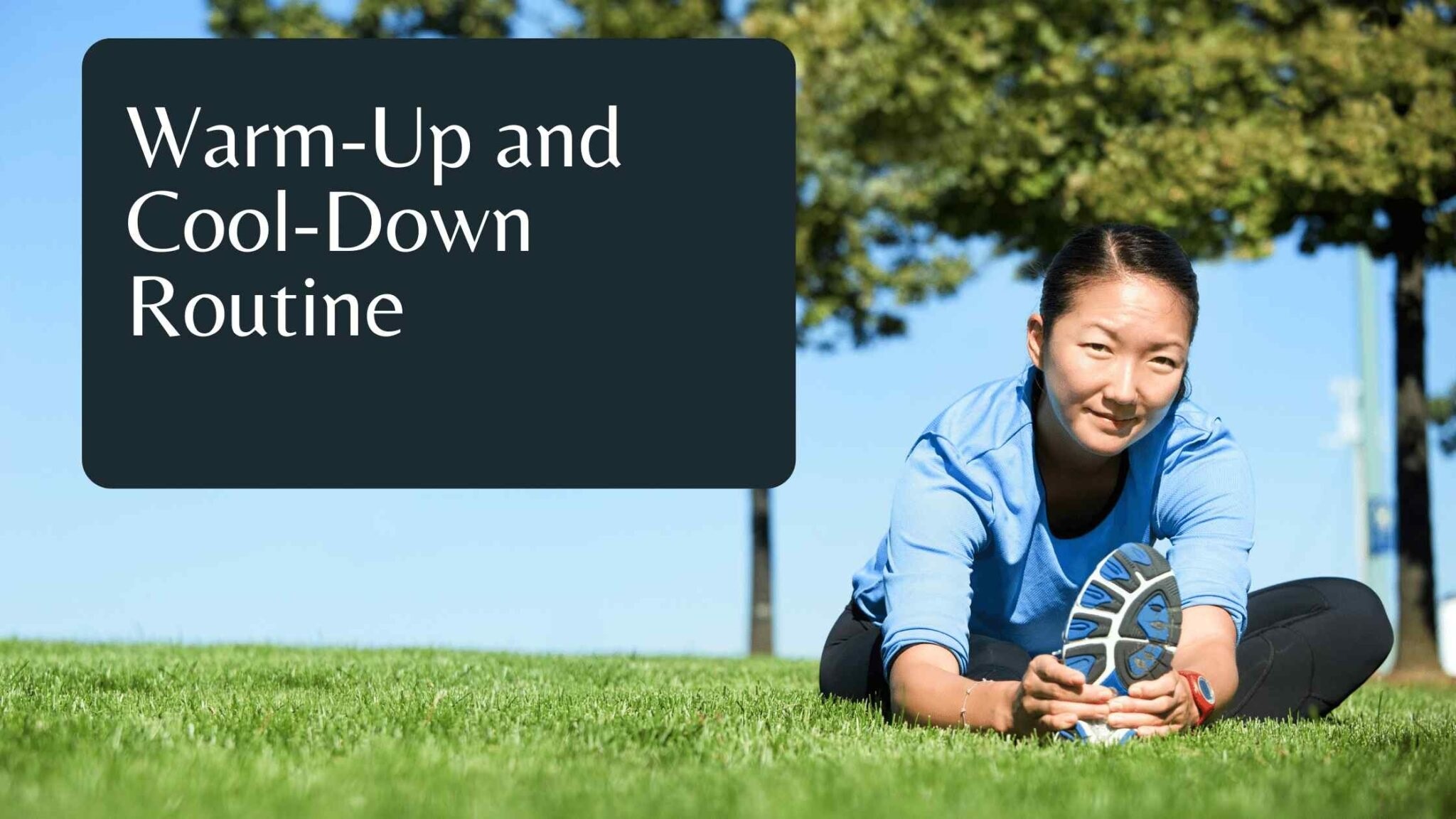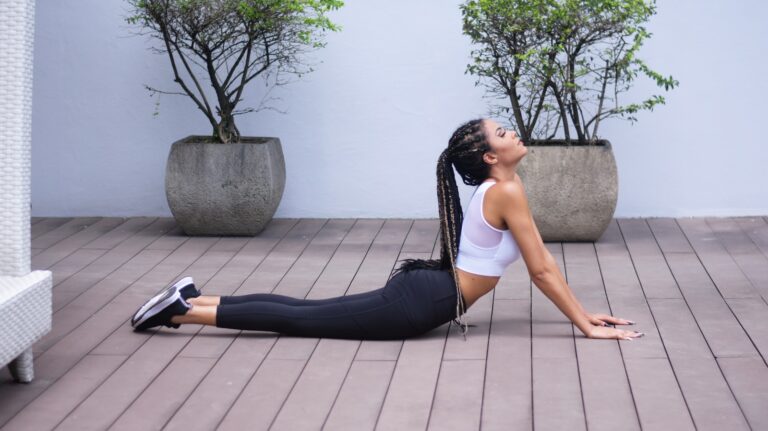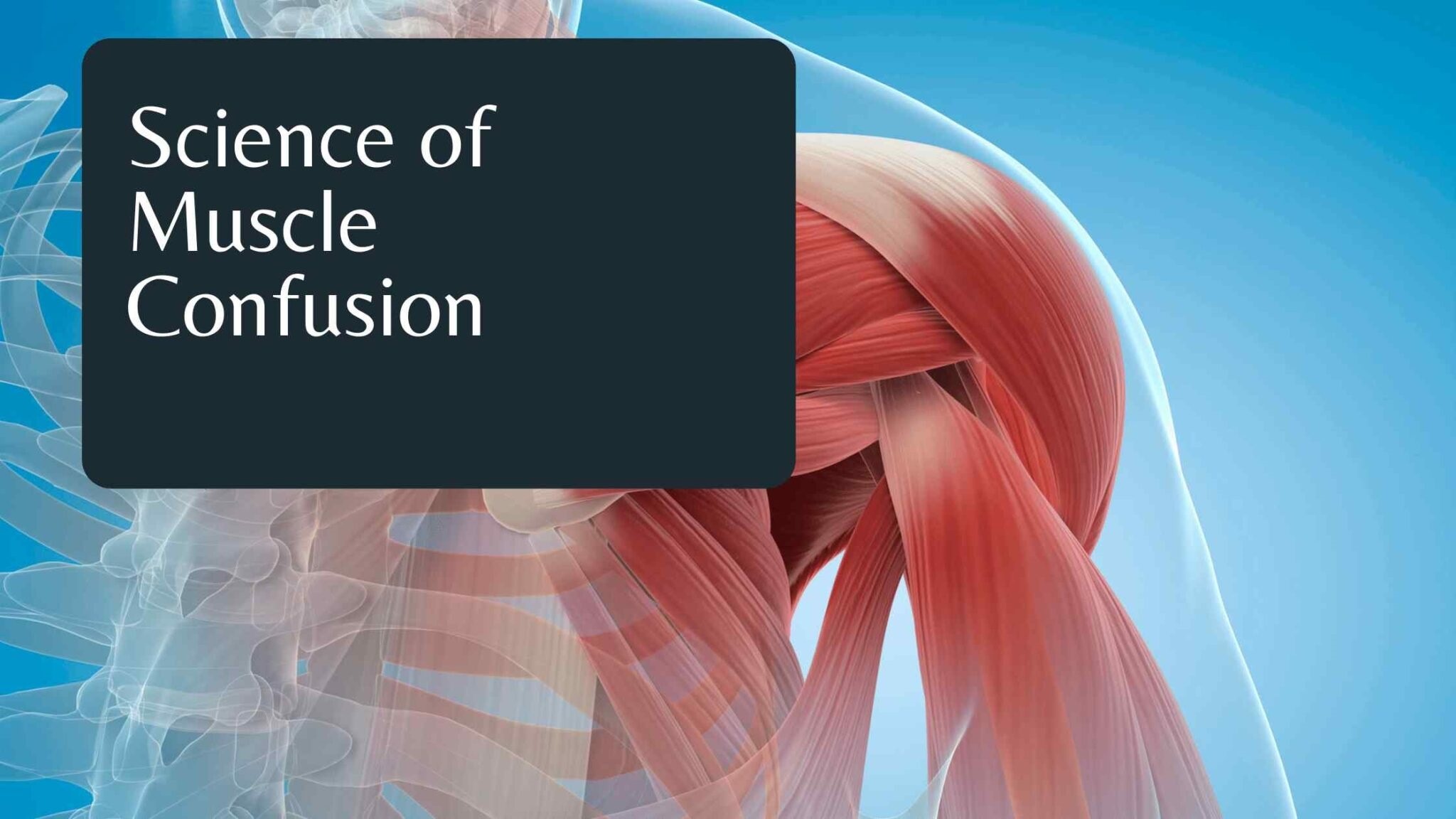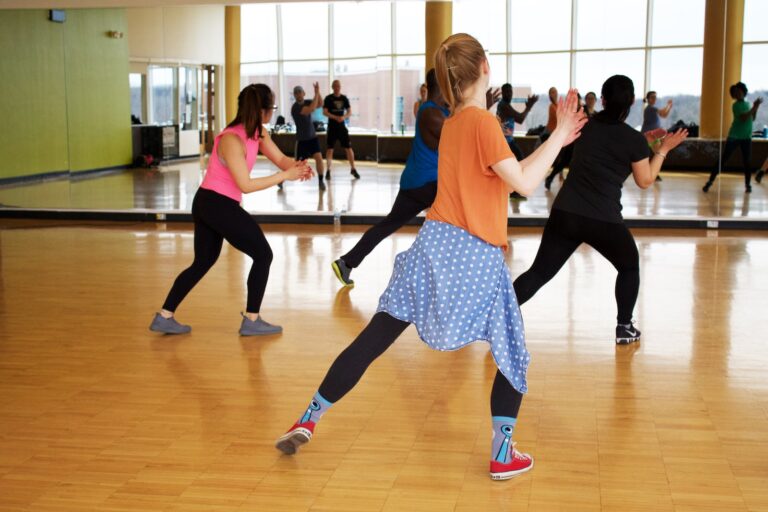A Guide to Developing an Effective Warm-Up and Cool-Down Routine
Starting your workout with a proper warm-up and ending it with an effective cool-down can make all the difference in achieving your fitness goals. Not only does it prepare your body for exercise, but it also helps prevent injury and aids in recovery.
In this guide, we’ll take you through everything you need to know about developing an effective warm-up and cool-down routine that will help maximize your time at the gym and leave you feeling refreshed post-workout. Whether you’re a beginner or advanced fitness enthusiast, get ready to take your workouts to the next level!
Introduction
When it comes to working out, most people focus on the main event – the part of their workout where they are actually breaking a sweat and getting their heart rate up. However, what many people don’t realize is that the warm-up and cool-down portions of their workout are just as important, if not more so.
A proper warm-up will help to gradually increase your heart rate and prepare your body for the more strenuous activity to come. It should consist of dynamic stretches (stretches that involve movement) and light cardio. A good rule of thumb is to warm-up for 10-15 minutes.
As for the cool-down, this is the time when you bring your heart rate back down to resting levels. It is important to do this slowly and smoothly in order to avoid any unwanted side effects like dizziness or lightheadedness. Cooling down should also consist of static stretches (stretches that are done without movement) in order to help your muscles recover from the workout. Again, a good rule of thumb is to cool-down for 10-15 minutes.
By incorporating a proper warm-up and cool-down into your workout routine, you’ll be setting yourself up for success both during and after your workout.
Benefits of Warming Up and Cooling Down

Warming up and cooling down are both important aspects of any exercise routine. A proper warm-up will help to increase blood flow and prepare your muscles for activity. This can help to prevent injuries and make your workout more effective. A cool-down, on the other hand, helps your body to gradually return to its resting state and can aid in the recovery process.
There are many benefits to incorporating a warm-up and cool-down into your workout routine. Warming up can help improve your performance by increasing blood flow and preparing your muscles for activity. Cooling down helps your body recover from exercise by gradually returning to its resting state. Both warming up and cooling down can help reduce the risk of injury.
Developing an Effective Warm-Up Routine
No matter what your fitness goals are, developing an effective warm-up routine is essential to your success. A good warm-up will not only help to prevent injury, but can also improve your performance.
The key to an effective warm-up is to gradually increase your heart rate and blood flow to the muscles you will be using during your workout. A simple way to do this is to start with a light aerobic activity, such as jogging or walking, followed by some dynamic stretches.
Here are some examples of dynamic stretches that you can incorporate into your warm-up:
- Arm circles: Stand with your feet shoulder-width apart and extend your arms out to the sides at shoulder level. Start making small circles with your arms, gradually increasing the size of the circle as you go. Reverse direction and continue for 10-15 seconds.
- Leg swings: Holding on to a sturdy object for support, swing one leg forward and backward across your body, keeping your back straight and abs engaged. Switch legs and repeat for 10-15 seconds per side.
- Torso twists: Standing tall, place your hands on your hips and twist your torso from side to side, moving slowly at first and then increasing the range of motion as you go. Continue for 10-15 seconds before returning to the starting position.
Once you’ve completed a few minutes of light cardio and dynamic stretching, you can move on to more specific exercises that will get your muscles ready to work out. For example, you can do bodyweight squats, push-ups and burpees to prepare the legs and core for upcoming exercises.
Make sure to really focus on form and technique when doing these exercises in order to maximize the benefits. After completing these movements, you should feel warm, loose and ready to take on your workout.
Remember, always listen to your body first before beginning any type of exercise program — there’s no need to rush into an intense regime without first properly preparing your body for it. Taking the time to create an effective warm-up routine is an important step toward achieving your health and fitness goals!
Types of Warm-Ups
A good warm-up should last at least 10 minutes and gradually increase your heart rate and breathing. A typical warm-up might include a slow jog or walking, followed by some light stretching.
You can also do a dynamic warm-up, which involves moving your limbs through a full range of motion. This can help prepare your muscles for activity and prevent injury. Dynamic stretches might include leg swings, arm circles, and butt kickers.
Cool-downs are just as important as warm-ups. After exercise, your body is still trying to send oxygen to your muscles, so it’s important to cool down gradually. Cooling down helps your body return to its resting state and can prevent dizziness or fainting.
To cool down effectively, slow your pace gradually over the course of five minutes or more. You can also perform static stretches (holding a stretch for 30 seconds or more) after you’ve slowed your heart rate.
Techniques for Warming Up
There are many different ways to warm up before exercise, and the best method depends on the individual and the type of activity. A good warm-up should gradually raise the heart rate and increase blood flow to the muscles. It should also improve range of motion and prepare the body for the demands of physical activity.
A common technique for warming up is to do a light version of the activity that will be performed. For example, if you are going for a run, you would start with a slow jog before picking up the pace. Other options include dynamic stretching, which involves moving your limbs through their full range of motion; or active isolated stretching, which focuses on lengthening specific muscle groups.
Remember to listen to your body during your warm-up – if something doesn’t feel right, or you start to feel pain, stop and rest. And always make sure you cool down properly after exercise, as this helps your muscles recover and prevents injuries.
Recommended Duration for Warm-Ups
Warm-ups are an important part of any exercise routine. They help to prepare your body for the main activity by gradually increasing your heart rate and blood flow. A good warm-up should last for at least 10 minutes.
Cool-downs are just as important as warm-ups. They help your body to recover from the exertion of exercise by gradually decreasing your heart rate and blood flow. A good cool-down should last for at least 5 minutes.
Developing an Effective Cool-Down Routine
Your cool-down routine should be just as important as your warm-up routine. A good cool-down will help your body to recover from exercise and reduce the risk of injury.
Here are some tips for developing an effective cool-down routine:
- Start with a slow walk or light jog to gradually reduce your heart rate.
- Stretch all of the muscles that you worked during your workout. Hold each stretch for 20-30 seconds.
- Drink plenty of fluids to replace any that you lost during exercise.
- Take some time to journal about your workout. This can help you to reflect on what went well and identify any areas that need improvement.
Types of Cool Downs
There are many different types of cool downs that can be effective in helping the body to recover from exercise. Here are some of the most common:
- Stretching: Stretching is a great way to help the muscles to recover and to prevent future injuries. It is important to stretch both before and after exercise.
- Foam Rolling: Foam rolling is a type of self-massage that can help to release tightness in the muscles and to improve circulation. It is often used as part of a warm-up or cool-down routine.
- Recovery Runs: Recovery runs are easy, slow runs that help to promote blood flow and recovery after a harder workout. They should not be too strenuous or long, and should be performed at a comfortable pace.
- Ice Baths: Ice baths can help to reduce swelling and inflammation after exercise, as well as promoting recovery. They should be used sparingly, however, as they can be quite intense and may not be suitable for everyone.
- Active Recovery: Active recovery involves light activity or movement during the cool-down period, such as walking or gentle yoga poses. This helps to increase blood flow and encourage the muscles to start the repair process more quickly.
Techniques for Cooling Down
When it comes to cooling down after a workout, there are a few different techniques that can be employed in order to help your body return to its pre-exercise state. Here are a few of the most effective cooling down techniques:
- Static Stretching : Static stretching is a great way to gradually cool down your body after a workout. To perform static stretching, simply assume a stretched position and hold it for 15-30 seconds.
- Active Recovery : Active recovery is another great way to help your body cool down after a workout. Active recovery involves light activity such as walking or gentle cycling which helps to increase blood flow and flush out lactic acid build-up from muscles.
- Foam Rolling : Foam rolling is an excellent way to release muscle tension and promote recovery. Simply roll any tight or sore muscles on a foam roller for 30-60 seconds per muscle group.
- Cold Therapy : Applying cold therapy (ice packs, contrast showers, etc.) can help reduce inflammation and promote recovery following exercise. Cold therapy should be applied for 10-15 minutes at a time.
Conclusion
Taking the time to develop a warm-up and cool-down routine can have many positive impacts on your overall health and well-being. By following our guide, you should now be well equipped with all of the necessary knowledge to create an effective plan that fits your needs. It is important to remember that consistency is key when it comes to achieving results, so make sure that you stick with it! Hopefully, this comprehensive guide will help you get started in developing a warm-up and cool-down routine that works best for you.






